Hike
13.0 km
Have you ever wanted to walk through Siberia without crossing a single national border? Ever heard of Zwartschaap, Stadterij and Stuifzand? You’ll discover it all during this walk ‘To Siberia (and back again)’.
This 11-kilometre trail starts at Hoogeveen, before passing through Stadterij, Stuifzand, Zwartschaap, Siberië and Tiendeveen, before ending back at Hoogeveen. For a delicious snack or a refreshing drink during your hike, there are plenty of opportunities at the start and end of the trail in Hoogeveen and in Tiendeveen during the trail.
You will pass through the hamlets of Stadterij and Zwartschaap, as well as the village of Stuifzand, as you traverse Siberië and make your way through forests, fields and meadows.
The region of Siberië sur…
Have you ever wanted to walk through Siberia without crossing a single national border? Ever heard of Zwartschaap, Stadterij and Stuifzand? You’ll discover it all during this walk ‘To Siberia (and back again)’.
This 11-kilometre trail starts at Hoogeveen, before passing through Stadterij, Stuifzand, Zwartschaap, Siberië and Tiendeveen, before ending back at Hoogeveen. For a delicious snack or a refreshing drink during your hike, there are plenty of opportunities at the start and end of the trail in Hoogeveen and in Tiendeveen during the trail.
You will pass through the hamlets of Stadterij and Zwartschaap, as well as the village of Stuifzand, as you traverse Siberië and make your way through forests, fields and meadows.
The region of Siberië surrounds a road of the same name that is flanked by several farms. According to tradition, these farms were so remote and deserted that they reminded people of Napoleon’s harsh experiences during his invasion of Russia.
This hiking trail will also take you past Tinedeveen, an expansive peat village built around the intersection of two waterways: the Linthorst Homankanaal and the Drijberse Hoofdvaart.
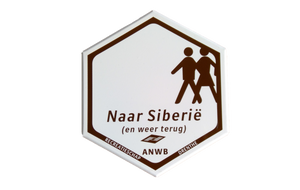

Stationsplein 1
7901 AA Hoogeveen
Navigate to starting point

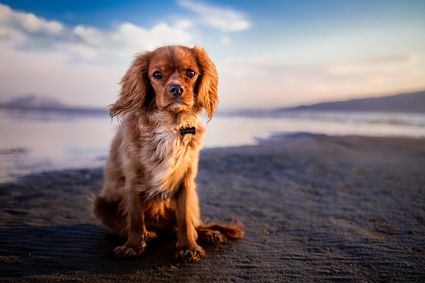

Zwartschaap, or Black Sheep, is a neighbourhood on the road of the same name in the municipality of Hoogeveen.
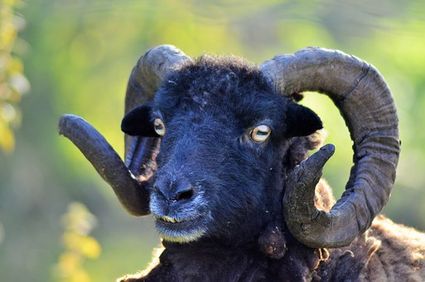
Shortly after Van Gogh arrived in Drenthe, forests were planted here as an investment by the owner of the Kremboong sugar factory on Java.
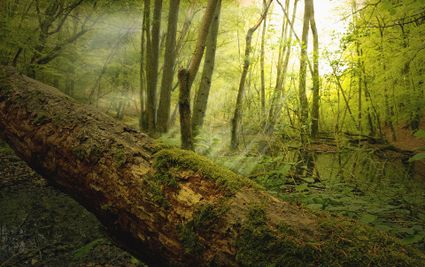

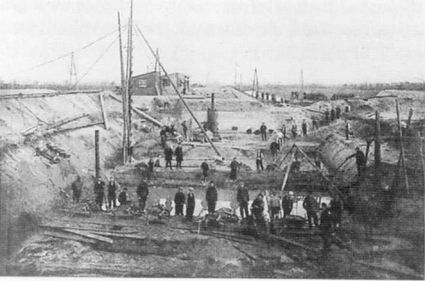
This region is described as ‘Siberië’ (Siberia) on old maps. The area probably got that name in the French period because it was remote and deserted.
